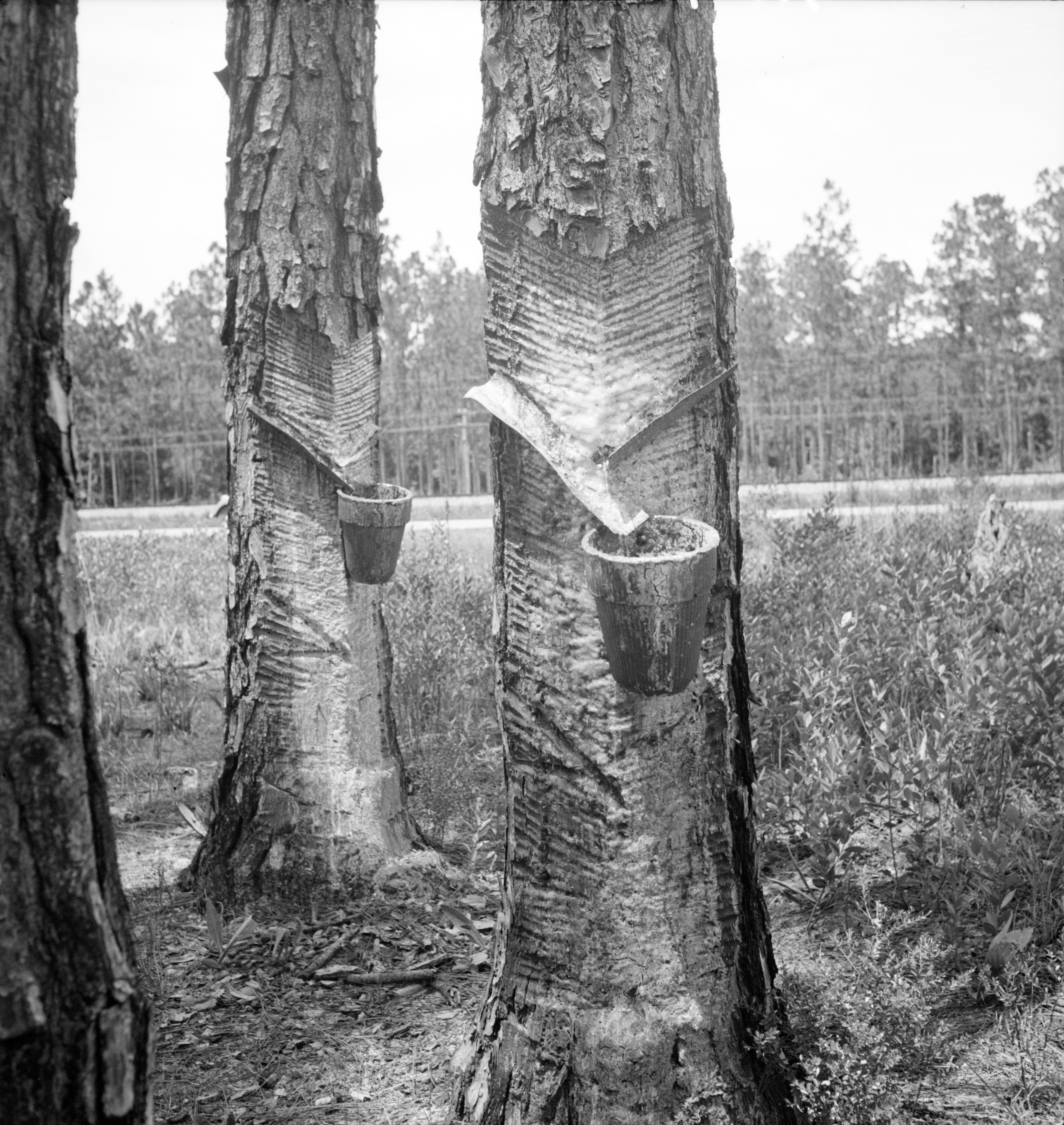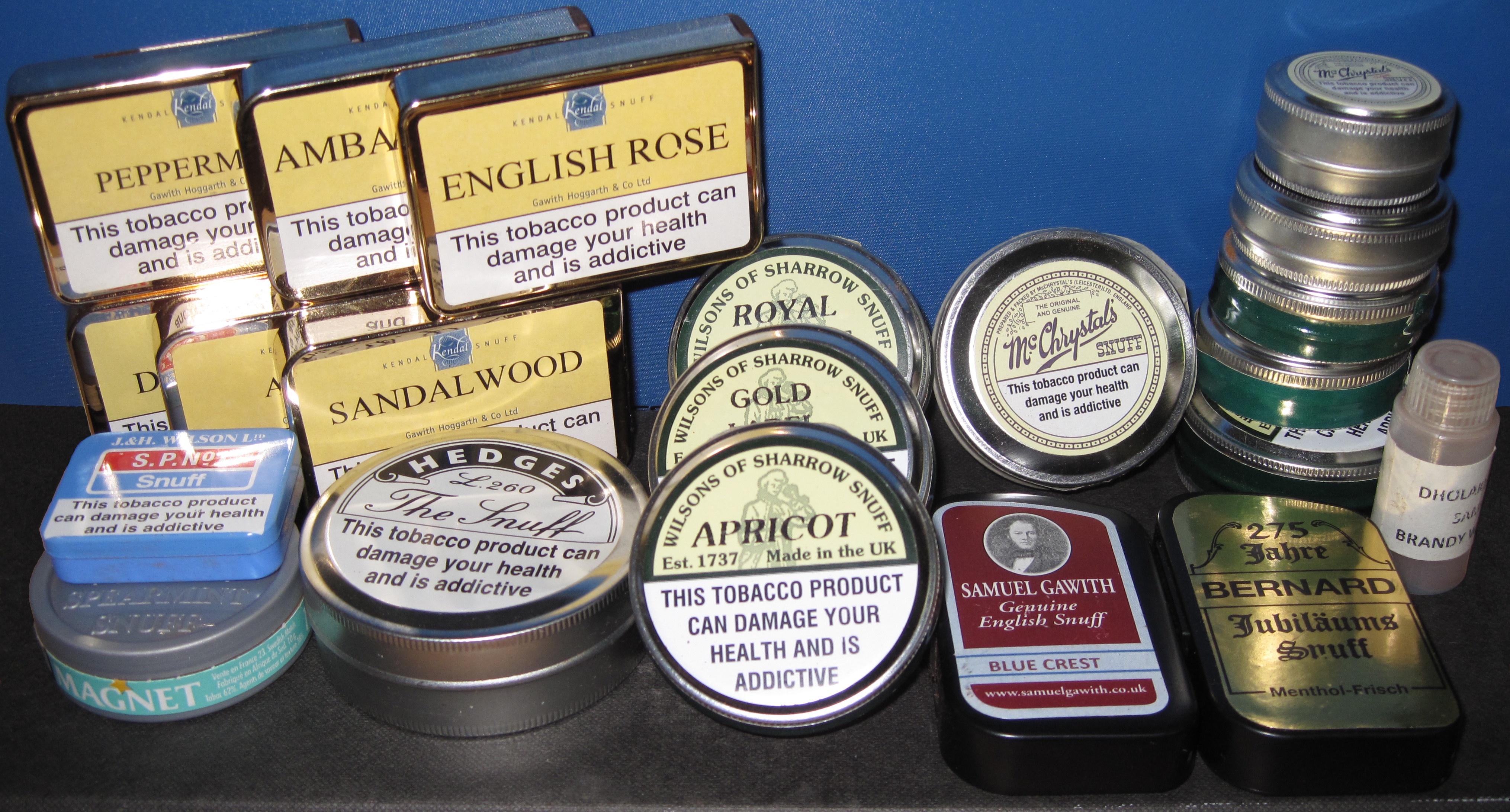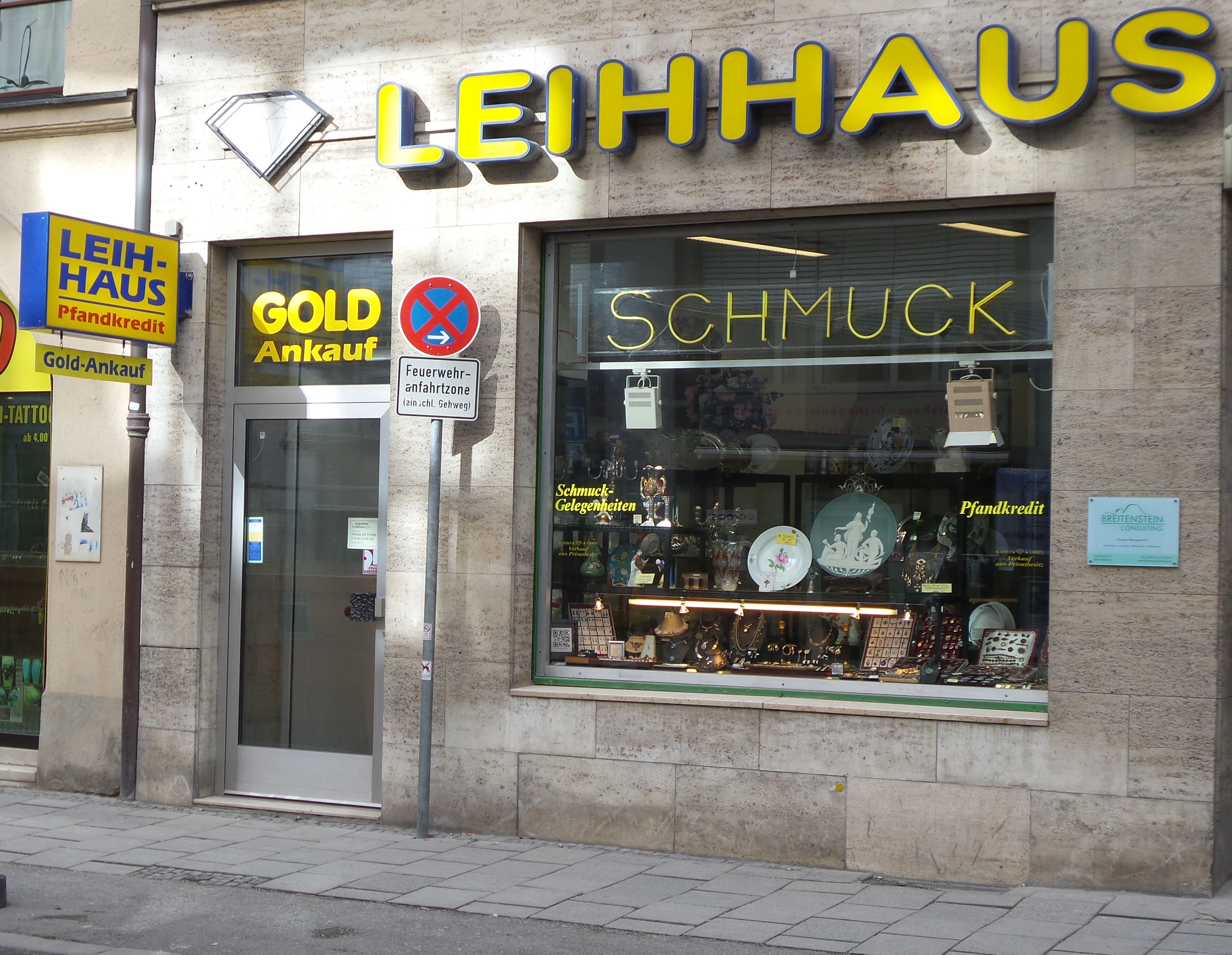|
Beer Street And Gin Lane
''Beer Street'' and ''Gin Lane'' are two prints issued in 1751 by English artist William Hogarth in support of what would become the Gin Act. Designed to be viewed alongside each other, they depict the evils of the consumption of gin as a contrast to the merits of drinking beer. At almost the same time and on the same subject, Hogarth's friend Henry Fielding published ''An Inquiry into the Late Increase in Robbers''. Issued together with ''The Four Stages of Cruelty'', the prints continued a movement started in ''Industry and Idleness'', away from depicting the laughable foibles of fashionable society (as he had done with '' Marriage A-la-Mode'') and towards a more cutting satire on the problems of poverty and crime. On the simplest level, Hogarth portrays the inhabitants of Beer Street as happy and healthy, nourished by the native English ale, and those who live in Gin Lane as destroyed by their addiction to the foreign spirit of gin; but, as with so many of Hogarth's works, ... [...More Info...] [...Related Items...] OR: [Wikipedia] [Google] [Baidu] |
Turpentine
Turpentine (which is also called spirit of turpentine, oil of turpentine, terebenthene, terebinthine and (colloquially) turps) is a fluid obtained by the distillation of resin harvested from living trees, mainly pines. Mainly used as a specialized solvent, it is also a source of material for organic syntheses. Turpentine is composed of terpenes, primarily the monoterpenes alpha- and beta-pinene, with lesser amounts of carene, camphene, dipentene, and terpinolene.Kent, James A. ''Riegel's Handbook of Industrial Chemistry'' (Eighth Edition) Van Nostrand Reinhold Company (1983) p.569 Mineral turpentine or other petroleum distillates are used to replace turpentine – although the constituent chemicals are very different. Etymology The word ''turpentine'' derives (via French and Latin), from the Greek word τερεβινθίνη ''terebinthine'', in turn the feminine form (to conform to the feminine gender of the Greek word, which means "resin") of an adjective (τερεβί ... [...More Info...] [...Related Items...] OR: [Wikipedia] [Google] [Baidu] |
Workhouse
In Britain, a workhouse () was an institution where those unable to support themselves financially were offered accommodation and employment. (In Scotland, they were usually known as poorhouses.) The earliest known use of the term ''workhouse'' is from 1631, in an account by the mayor of Abingdon reporting that "we have erected wthn our borough a workhouse to set poorer people to work". The origins of the workhouse can be traced to the Statute of Cambridge 1388, which attempted to address the labour shortages following the Black Death in England by restricting the movement of labourers, and ultimately led to the state becoming responsible for the support of the poor. However, mass unemployment following the end of the Napoleonic Wars in 1815, the introduction of new technology to replace agricultural workers in particular, and a series of bad harvests, meant that by the early 1830s the established system of poor relief was proving to be unsustainable. The New Poor Law of 1834 ... [...More Info...] [...Related Items...] OR: [Wikipedia] [Google] [Baidu] |
Snuff (tobacco)
Snuff is a smokeless tobacco made from finely ground or pulverized tobacco leaves. The Old Snuff House of Fribourg & Treyer at the Sign of the Rasp & Crown, No.34 James's Haymarket, London, S.W., 1720, 1920. Author: George Evens and Fribourg & Treyer. Publisher: Nabu Press, London, England. Reproduced 5 August 2010, It is inhaled or "sniffed" (alternatively sometimes written as "snuffed") into the nasal cavity, delivering a swift hit of nicotine and a lasting flavored scent (especially if flavoring has been blended with the tobacco). Traditionally, it is sniffed or inhaled lightly after a pinch of snuff is either placed onto the back surface of the hand, held pinched between thumb and index finger, or held by a specially made "snuffing" device. Snuff originated in the Americas and was in common use in Europe by the 17th century. Traditional snuff production consists of a lengthy, multi-step process, in tobacco snuff mills. The selected tobacco leaves are first subject to spe ... [...More Info...] [...Related Items...] OR: [Wikipedia] [Google] [Baidu] |
Syphilis
Syphilis () is a sexually transmitted infection caused by the bacterium ''Treponema pallidum'' subspecies ''pallidum''. The signs and symptoms of syphilis vary depending in which of the four stages it presents (primary, secondary, latent, and tertiary). The primary stage classically presents with a single chancre (a firm, painless, non-itchy skin ulceration usually between 1 cm and 2 cm in diameter) though there may be multiple sores. In secondary syphilis, a diffuse rash occurs, which frequently involves the palms of the hands and soles of the feet. There may also be sores in the mouth or vagina. In latent syphilis, which can last for years, there are few or no symptoms. In tertiary syphilis, there are gummas (soft, non-cancerous growths), neurological problems, or heart symptoms. Syphilis has been known as "the great imitator" as it may cause symptoms similar to many other diseases. Syphilis is most commonly spread through sexual activity. It may also be transmi ... [...More Info...] [...Related Items...] OR: [Wikipedia] [Google] [Baidu] |
Pawnbroker
A pawnbroker is an individual or business (pawnshop or pawn shop) that offers secured loans to people, with items of personal property used as collateral. The items having been ''pawned'' to the broker are themselves called ''pledges'' or ''pawns'', or simply the collateral. While many items can be pawned, pawnshops typically accept jewelry, musical instruments, home audio equipment, computers, video game systems, coins, gold, silver, televisions, cameras, power tools, firearms, and other relatively valuable items as collateral. If an item is pawned for a loan (colloquially "hocked" or "popped"), within a certain contractual period of time the pawner may redeem it for the amount of the loan plus some agreed-upon amount for interest. In the United States the amount of time, and rate of interest, is governed by law and by the state commerce department policies. They have the same license as a bank, which is highly regulated. If the loan is not paid (or extended, if applica ... [...More Info...] [...Related Items...] OR: [Wikipedia] [Google] [Baidu] |
St Giles, London
St Giles is an area in the West End of London in the London Borough of Camden. It gets its name from the parish church of St Giles in the Fields. The combined parishes of St Giles in the Fields and St George Bloomsbury (which was carved out of the former) were administered jointly for many centuries; leading to the conflation of the two, with much or all of St Giles usually taken to be a part of Bloomsbury. Points of interest include the church of St Giles in the Fields, Seven Dials, the Phoenix Garden and St Giles Circus. History There has been a church at St Giles since Saxon times, located beside a major highway.''London: A Biography'' (2000) Ackroyd, Peter Chatto and Windus p131-140 The hospital of St Giles, recorded c. 1120 as ''Hospitali Sancti Egidii extra Londonium'' was founded, together with a monastery and a chapel, by Queen Matilda, wife of Henry I. St Giles (c. 650 – c. 710) was the patron saint of lepers and the hospital was home to a leper colony, the si ... [...More Info...] [...Related Items...] OR: [Wikipedia] [Google] [Baidu] |
Engraving Copyright Act 1734
The Engraving Copyright Act 1734 or Engravers' Copyright Act (8 Geo.2 c.13) was an Act of the Parliament of Great Britain first read on 4 March 1734/35 and eventually passed on 25 June 1735 to give protections to producers of engravings. It is also called Hogarth's Act after William Hogarth, who prompted the law together with some fellow engravers. Historian Mark Rose notes, "The Act protected only those engravings that involved original designs and thus, implicitly, made a distinction between artists and mere craftsmen. Soon, however, Parliament was persuaded to extend protection to all engravings."Rose, Mark. Technology and Copyright in 1735: The Engraver's Act. The Information Society, Volume 21, Number 1, January–March 2005. pp. 63-66. This Act was one of the Copyright Acts 1734 to 1888.The Short Titles Act 1896, section 2(1) and Schedule 2 This Act was repealed by sections 36 and 37(2) of, and schedule 2 to, the Copyright Act 1911 The Copyright Act 1911, also known as ... [...More Info...] [...Related Items...] OR: [Wikipedia] [Google] [Baidu] |
Shilling (British Coin)
The British shilling, abbreviated "1/-", was a unit of currency and a denomination of sterling coinage worth of one pound, or twelve pence. It was first minted in the reign of Henry VII as the testoon, and became known as the shilling, from the Old English , sometime in the mid-16th century. It circulated until 1990. The word ''bob'' was sometimes used for a monetary value of several shillings, e.g. "ten-bob note". Following decimalisation on 15 February 1971 the coin had a value of five new pence, and a new coin of the same value but labelled as "five new pence" or "five pence" was minted with the same size as the shilling until 1990, after which the shilling no longer remained legal tender. It was made from silver from its introduction in or around 1503 until 1946, and thereafter in cupronickel. Before Decimal Day in 1971, sterling used the Carolingian monetary system ("£sd"), under which the largest unit was a pound (£) divided into 20 shillings (s), each of 12 pence (d ... [...More Info...] [...Related Items...] OR: [Wikipedia] [Google] [Baidu] |
James Townley
Rev. James Townley (6 May 1714 – 15 July 1778) was an English dramatist, the second son of Charles Townley, a merchant. Early life, education and marriage Townley was born in 1714 probably at Tower Hill, London, the second son of Charles Townley, of Clapham, Surrey and Sarah Wilde, daughter of William Wilde of Long-Whatton in Leicestershire. His mother died around the time of his birth. His older brother was the officer of arms Sir Charles Townley. Following his mother's death, his father remarried and had many more children. Townley was a descendant of a younger branch of the Town(e)ley family of Towneley Hall, Burnley, Lancashire, the head of which at this time was the antiquary Charles Towneley. He was educated at Merchant Taylors' School, London and at St. John's College, Oxford. Around 1740, James married Jane, the daughter of Peter Bonnin of Lisbon, [...More Info...] [...Related Items...] OR: [Wikipedia] [Google] [Baidu] |
St Giles Circus
St Giles Circus is a road junction in the St Giles district of the West End of London at the eastern end of Oxford Street, where it connects with New Oxford Street, Charing Cross Road and Tottenham Court Road, which it is more often referred to owing to the location of Tottenham Court Road Underground station directly under the junction. It is near to Soho, Covent Garden, Bloomsbury and Fitzrovia. Formation The circus derives its name from the nearby church of St Giles-in-the-Fields, after which the area is named. From the Middle Ages until the fifteenth century, gallows were located at St Giles Circus alongside a cage for prisoners, and a cattle enclosure known as St Giles's Pound. The area was an infamous rookery until it was cleared in the mid-19th century with the creation of New Oxford Street parallel to St Giles High Street by clearances. Tottenham Court Road Underground station was opened in July 1900 as part of the Central London Railway, with the platforms under Ox ... [...More Info...] [...Related Items...] OR: [Wikipedia] [Google] [Baidu] |







.png)
